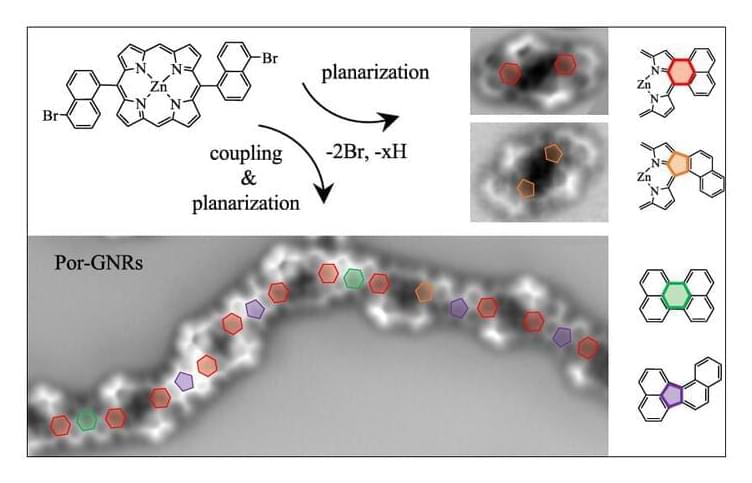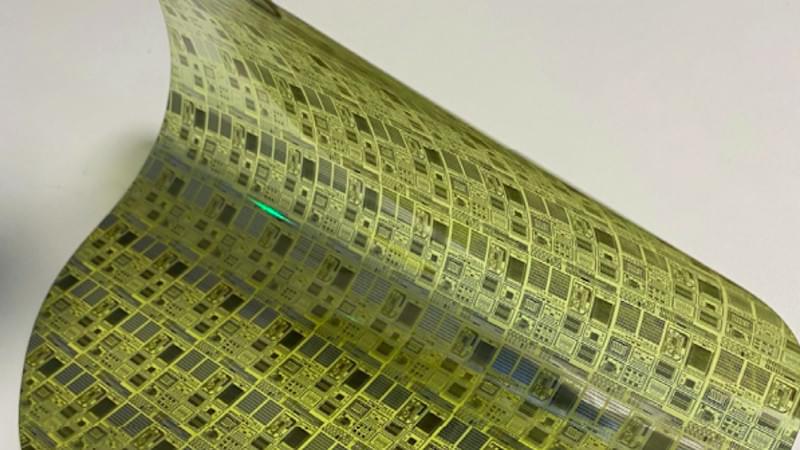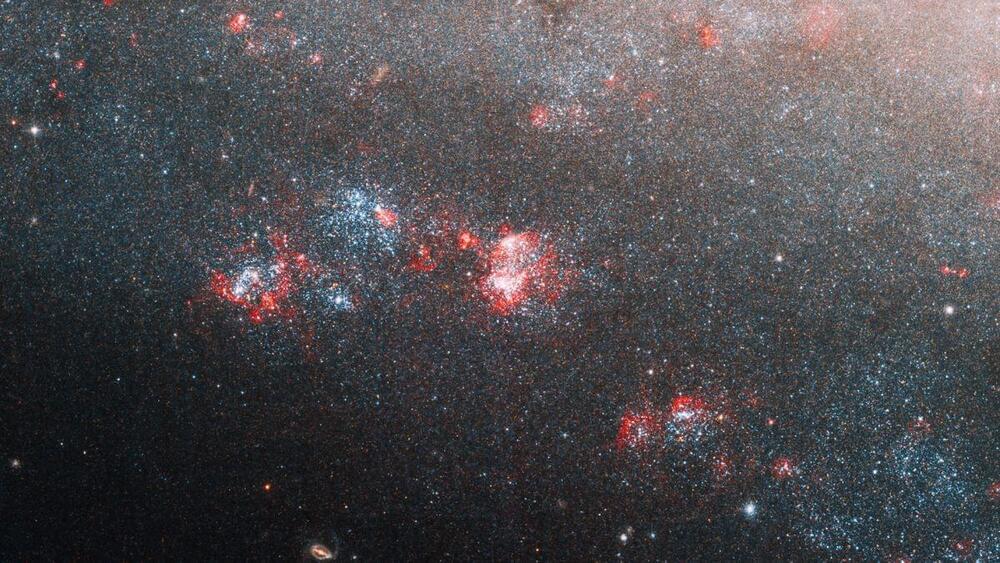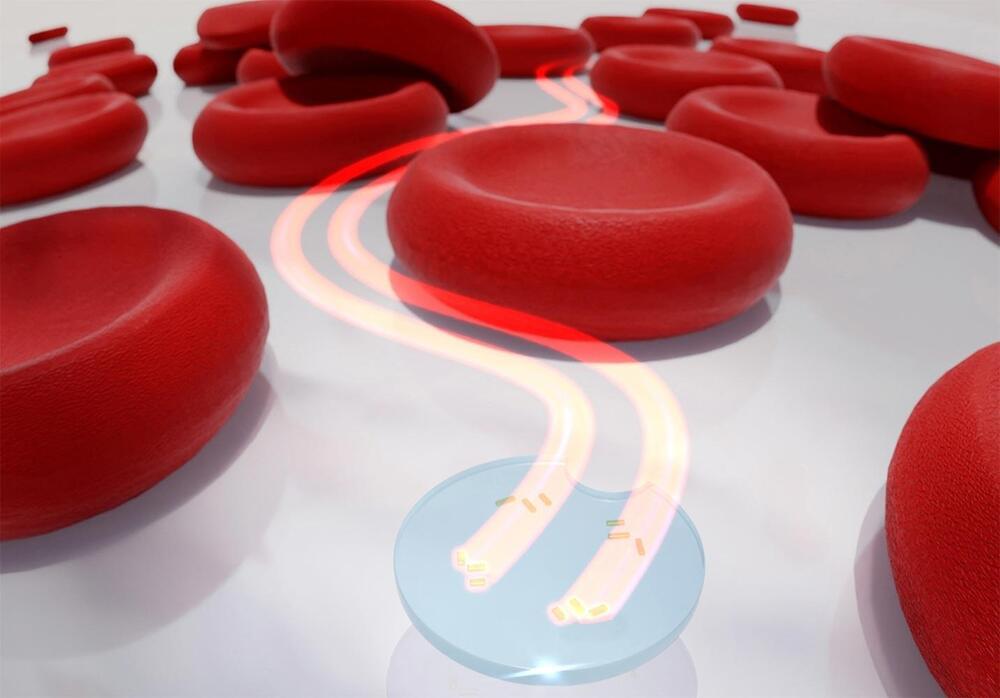On-surface synthesis made the fabrication of extended, atomically precise π-conjugated nanostructures on solid supports possible, with graphene nanoribbons (GNRs) and porphyrin-derived oligomers standing out. To date, examples combining these two prominent material classes are scarce, even though the chemically versatile porphyrins and the atomistic details of the nanographene spacers promise an easy tunability of structural and functional properties of the resulting hybrid structures. Here, we report the on-surface synthesis of extended benzenoid-and nonbenzenoid-coupled porphyrin–graphene nanoribbon hybrids by sequential Ullmann-type and cyclodehydrogenation reactions of a tailored Zn(II) 5,15-bis(5-bromo-1-naphthyl)porphyrin (Por(BrNaph)2) precursor on Au(111) and Ag(111).









